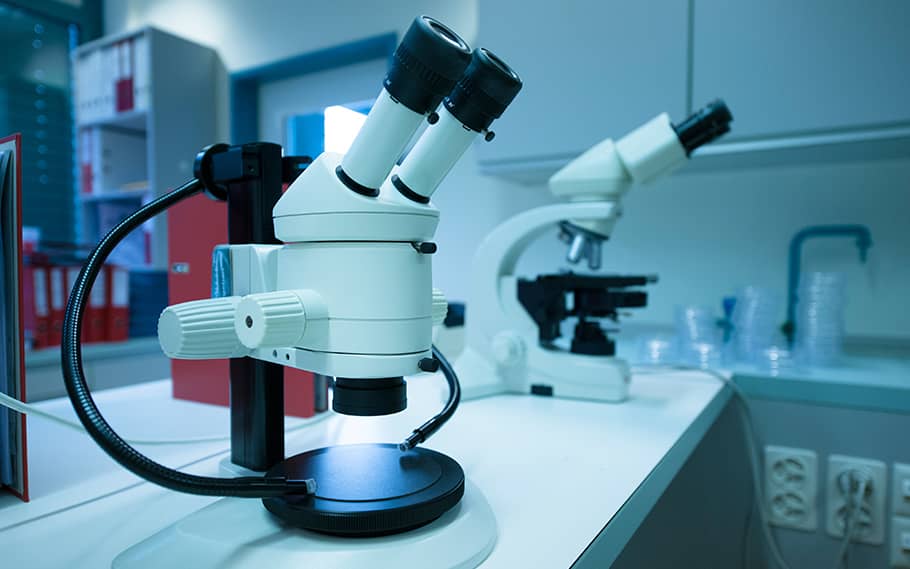The microbiological investigation of pharmaceutical substances for manufacturing and of the finished products is prescribed by the pharmacopoeias of the various markets (Ph. Eur., USP, JP). The investigation must be performed in a GMP accredited laboratory.
Careful surveying and experience are the key factors in the evaluation of microbiological quality. Depending on the product and the phase of production, the number of germs and particles and the endotoxin count must be determined. In the microbiological stability test, the growth inhibition effects of preservatives are proven.
As a GMP accredited and FDA registered leading contract laboratory in Switzerland, we offer you holistic consultation in the areas of microbiology and hygiene monitoring. If you would like to know what tests need to be carried out, and how the results should be interpreted, we can provide support. Do you have any question on the scope of necessity of a method validation?







